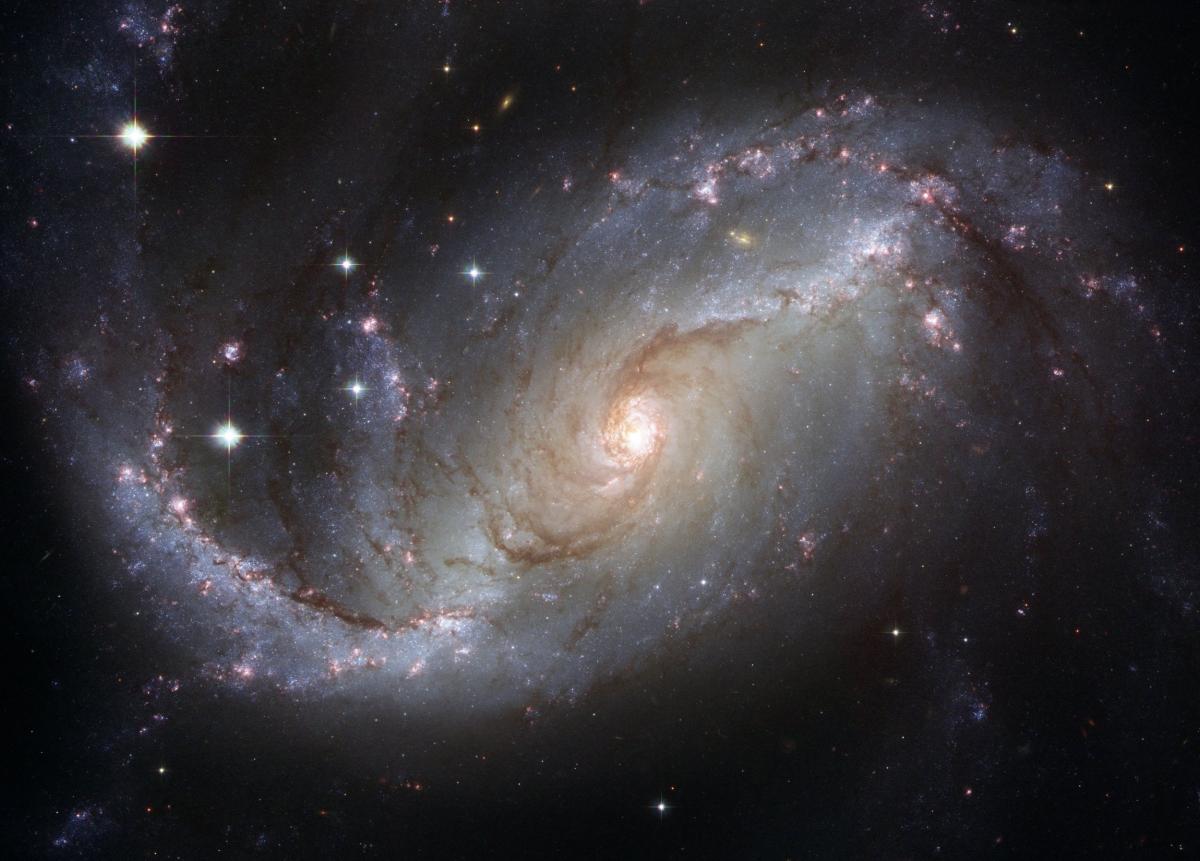
Apparent Motion of the Night Sky
by Christine Mendoza
In this engaging lesson, students will use an online planetarium and participate in a kinesthetic model activity in order to develop and revise a model explaining the apparent motion of the stars in the night sky.
Lesson Grade Level
6th GradeLesson Plan Link/URL
https://docs.google.com/presentation/d/1UwICxpJI4Ch4zFFDDidQZQgQDdcWWpJo/edit?u…Subject Area
Science Earth and Space Science E2: Earth & the Universe Technology 3. Knowledge Constructor English Language Arts (ELA) Writing
Featured
Off
Related Content

Grades:
9th Grade, 10th Grade, 11th Grade, 12th Grade
This lesson uses a PhET Simulation to allow students to collect data on the orbits of planets around our Sun, then summarize and share their results. It is designed for students in Grades 9-12.

Grades:
6th Grade, 7th Grade, 8th Grade
Students will explore how gravity plays a role in orbits and the attraction between objects in space, using online simulations. In addition to the online simulations this lesson contains ideas for

Grades:
4th Grade
In this unit, students will use their knowledge of weather and climate patterns to construct, place, and collect data from a rain gauge for one month. The beginning of the school year would be the